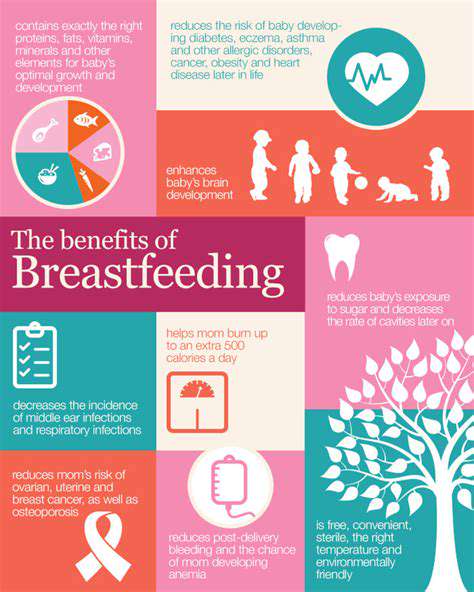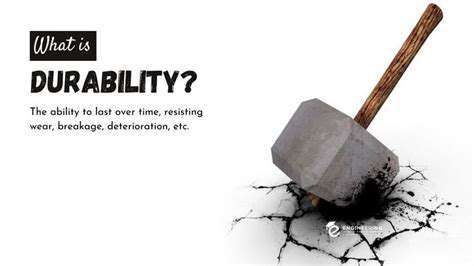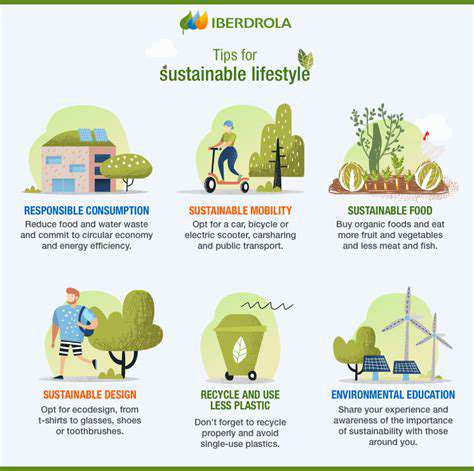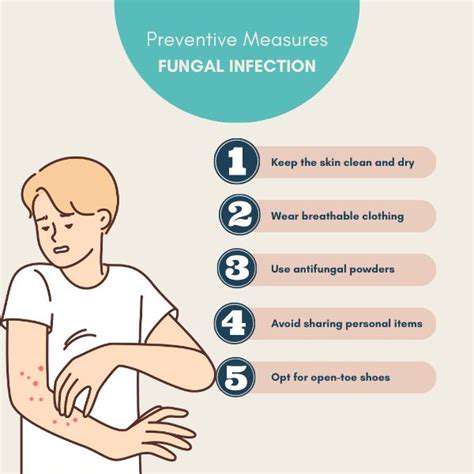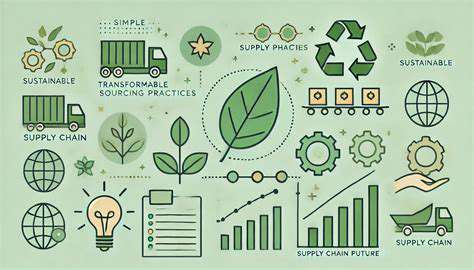Beyond Dry Kibble: Exploring Wet and Raw Diets
Benefits of Wet Dog Food
Wet dog food, unlike dry kibble, offers a higher moisture content, which is crucial for maintaining a dog's overall hydration. Proper hydration is essential for numerous bodily functions, including digestion, nutrient absorption, and maintaining healthy skin and coat. This higher moisture content can be particularly beneficial for senior dogs or dogs with existing health conditions that may struggle to drink enough water.
Beyond hydration, wet dog food often contains higher levels of protein and certain vitamins and minerals compared to some dry kibble options. This can contribute to muscle development and overall health, especially for active dogs or those with specific dietary requirements.
Nutritional Value and Considerations
While wet food often boasts a higher moisture content, the nutritional value can vary significantly between brands and formulations. It's essential to carefully read ingredient lists and nutritional information panels to ensure the food meets your dog's specific dietary needs and preferences. Different life stages, breeds, and activity levels require different nutritional profiles.
Consider factors like protein sources, types of carbohydrates, and the presence of added vitamins and minerals when selecting a wet food. A balanced diet is crucial for maintaining a healthy weight, preventing potential health issues, and ensuring optimal energy levels.
Variety and Palatability
Wet dog food often comes in a variety of flavors and textures, making it appealing for dogs with picky appetites. This variety can be a welcome change from the same old dry kibble, and can encourage dogs to consume more water and nutrients. This palatability is a key factor in ensuring your dog receives the necessary nutrition.
The texture of wet food, whether it's a pate, chunks, or gravy style, can also influence palatability. Different dogs respond differently to these various textures, so experimentation may be needed to find what your dog prefers. The variety and palatability of wet food can be a great tool to ensure your dog enjoys their meals and is motivated to eat.
Potential Drawbacks and Concerns
One potential drawback of wet dog food is its higher cost compared to dry kibble. This can be a concern for owners on a budget. Additionally, wet food has a shorter shelf life than dry kibble and may require careful storage to maintain freshness. Proper storage is essential to prevent spoilage and maintain the nutritional value.
Another concern is the potential for bacterial growth if the food isn't stored properly. Always follow storage guidelines provided on the packaging to ensure the food remains safe for consumption. Proper handling and storage practices are paramount for preventing contamination and ensuring your dog's safety.
Preparation and Serving Suggestions
Wet dog food can be served straight from the can or container. Some owners choose to mix it with dry kibble to create a more balanced meal. Adjusting the amount of wet food based on your dog's individual needs and activity level is crucial. Always monitor your dog's weight and adjust portion sizes accordingly.
Consider offering wet food as a special treat or reward, or as part of a regular meal. Wet food can also be a great way to increase your dog's water intake, which is beneficial for their overall health. Adjusting the serving size and frequency based on your dog's needs is important for maintaining their health and well-being.
Nutritional Considerations for Wet and Raw Diets
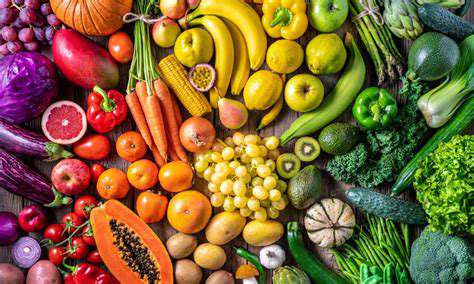
Understanding the Importance of Hydration
Maintaining proper hydration is crucial for overall health, and this is particularly important for pets, especially those consuming wet food. Water plays a vital role in digestion, nutrient absorption, and regulating body temperature. Wet food, while convenient, often contains less water than dry food, so it's essential to ensure your pet has access to fresh, clean water at all times. Providing adequate hydration alongside wet food consumption is key to preventing dehydration and supporting optimal bodily functions.
Analyzing Macronutrients in Wet Food
Wet pet food formulations often vary significantly in their macronutrient content, such as protein, fat, and carbohydrates. Understanding the specific percentages of each macronutrient is important for tailoring the diet to your pet's individual needs and life stage. A balanced diet with appropriate protein levels supports muscle maintenance and growth, while healthy fat content provides energy and supports cell function. Carbohydrate content can also vary and impacts energy levels.
Protein Quality and Source
The quality and source of protein in wet food are critical considerations. High-quality protein sources are essential for building and repairing tissues. Look for wet foods that utilize complete and digestible protein sources, such as meat or poultry, rather than fillers or by-products. Protein quality can influence nutrient absorption and overall health.
Evaluating the Role of Vitamins and Minerals
Wet pet foods can provide essential vitamins and minerals. A balanced wet food formula should contain an adequate range of vitamins and minerals crucial for various bodily functions. These include vitamins like Vitamin A, Vitamin D, and Vitamin E, as well as minerals like calcium, phosphorus, and iron. Ensuring your pet receives these essential nutrients through their food is important for their well-being.
Assessing the Presence of Additives and Preservatives
Some wet pet foods may contain additives and preservatives, and these should be considered. While some additives are necessary for preservation and palatability, excessive amounts or potentially harmful additives should be avoided. Careful consideration of the ingredients list is necessary to ensure the food you choose doesn't contain unnecessary or potentially harmful substances. Choosing a product with minimal additives can help prevent any potential health issues.
Considering Caloric Density and Portion Control
Wet pet food often has a higher caloric density compared to dry food. This means that a smaller portion of wet food can provide the same amount of calories as a larger portion of dry food. Proper portion control is essential to prevent weight gain, which can lead to a variety of health problems. Monitoring your pet's caloric intake and adjusting portion sizes accordingly is important for maintaining a healthy weight. Consulting with a veterinarian can help establish appropriate feeding guidelines.
Understanding Different Life Stages and Needs
Different life stages, such as puppies, kittens, adult dogs, and senior pets, have unique nutritional requirements. Wet food formulations cater to these varied needs, with specific formulations designed to support growth, maintenance, or senior health. A pet's age, breed, activity level, and health conditions should all be considered when choosing a wet food. Consulting with a veterinarian is highly recommended to determine the best wet food option for your pet's specific needs.
Important Considerations Before Switching
Assessing Your Pet's Nutritional Needs
Before making any significant dietary changes for your furry friend, it's crucial to consider their specific nutritional needs. Factors like breed, age, activity level, and any pre-existing health conditions play a vital role in determining the most suitable diet. Consulting with your veterinarian is essential to get personalized recommendations and ensure the switch to wet or raw food aligns with your pet's overall health and well-being. A thorough assessment by your vet can help you understand the potential benefits and risks of transitioning to a new diet, and they can monitor your pet's progress during the transition.
Understanding your pet's current health status and any potential allergies or sensitivities is equally important. Certain ingredients in wet or raw food might trigger adverse reactions in some pets, so it's vital to be aware of these potential issues before making a change. Thorough research into the ingredients used in different wet and raw food options will help you identify potential allergens or sensitivities that might affect your pet.
Transitioning Gradually for a Smooth Switch
A sudden shift from dry kibble to wet or raw food can upset your pet's digestive system, leading to discomfort and potential health issues. A gradual transition is key to minimizing any digestive distress. Start by mixing a small amount of the new food with their current dry kibble, gradually increasing the proportion of the new food over a period of several days or even weeks. This allows your pet's digestive system to adjust to the new ingredients and texture.
Monitoring your pet's bowel movements during the transition period is crucial. Changes in stool consistency or frequency can indicate digestive issues. If you notice any concerning changes, consult your veterinarian promptly. Paying close attention to your pet's overall demeanor, appetite, and energy levels is also important. Any significant changes could signal a problem that requires veterinary attention.
Addressing Potential Digestive Issues
Wet and raw diets can sometimes lead to digestive upset in pets, particularly if not introduced gradually. This is a common concern, and it's essential to be prepared for potential problems. Understanding the signs of digestive distress, such as vomiting, diarrhea, or changes in appetite, is critical. If these issues arise, consult your veterinarian immediately. They can help diagnose the cause and recommend appropriate treatment options.
Considering the Cost and Availability
Wet and raw food options can often be more expensive than dry kibble. The cost of ingredients, preparation, and storage can vary significantly depending on the specific diet. Researching different brands and options is essential to find a suitable balance between cost and nutritional value. Assessing the availability of these types of food in your local area is also important. Some wet and raw options might require special ordering or may not be available at all grocery stores or pet supply retailers.
Understanding Food Safety Precautions
Raw food diets, in particular, require careful attention to food safety. Proper handling, storage, and preparation are critical to prevent the risk of bacterial contamination. If you choose a raw food diet, make sure to follow the manufacturer's recommendations for storage and handling. This includes appropriate refrigeration and freezing techniques. Ensuring that you're using high-quality ingredients and maintaining proper hygiene practices is essential to avoid potential health risks for your pet.
Evaluating the Nutritional Composition
When considering wet or raw food, it's essential to examine the nutritional content carefully. Different brands and formulations can vary significantly in their nutrient profiles. Comparing the nutritional information with your pet's specific needs is crucial. Ensure that the chosen diet provides adequate levels of essential vitamins, minerals, and proteins to support your pet's health and well-being. A balanced nutritional intake is vital for maintaining a healthy weight, supporting energy levels, and ensuring overall vitality.
Considering Your Lifestyle and Time Commitment
Both wet and raw food options may require more time and effort than simply feeding dry kibble. Wet food often needs to be refrigerated, while raw food necessitates careful handling, preparation, and storage. This factor needs to be considered before making the switch, particularly for individuals with busy schedules. Prioritize your lifestyle and time constraints to determine if a wet or raw diet is realistic and sustainable. Evaluate whether you're prepared to dedicate the necessary time for preparation, storage, and potential cleanup associated with these diet types.
Read more about Beyond Dry Kibble: Exploring Wet and Raw Diets
Hot Recommendations
- Best Pet Bowls: Stainless Steel and Ceramic
- Pet Hydration: Why It's Crucial
- Stop Counter Surfing: Training Your Dog to Stay Off
- Pet Hypothyroidism: Symptoms and Management
- Signs of Pet Liver Disease: What to Watch For
- Pet Emergency Kits: What to Pack
- Dangers of Xylitol: Toxic to Dogs
- Dealing with Pet Diarrhea: When to See a Vet
- Preparing Pets for Travel: Tips for a Smooth Trip
- Pet Depression: Recognizing the Signs
